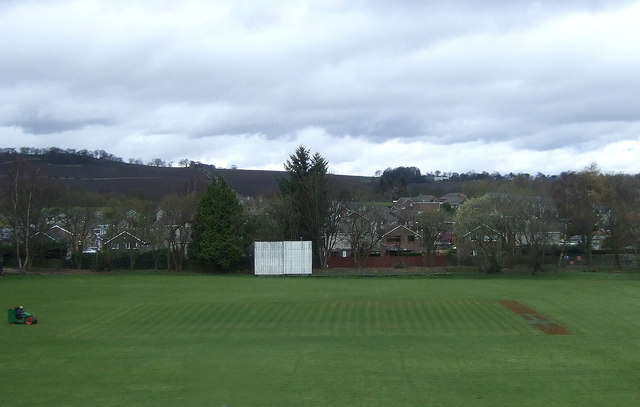Nancy's Hill
Hill, Mountain in West Lothian
Scotland
Nancy's Hill

Nancy's Hill, located in West Lothian, Scotland, is a picturesque and prominent landmark within the region. Standing at an elevation of approximately 300 meters, it is considered a hill rather than a mountain. Situated in the Bathgate Hills, Nancy's Hill offers breathtaking panoramic views of the surrounding countryside.
The hill derives its name from the renowned Scottish poet, Nancy Brysson Morrison, who lived in West Lothian during the early 20th century. It has become a popular destination for locals and tourists alike, drawing hikers, nature enthusiasts, and photographers to its slopes.
The terrain of Nancy's Hill is characterized by a mix of heather-covered moorland and dense woodlands, creating a diverse ecosystem that supports a variety of flora and fauna. The hill is home to several species of birds, including red grouse, skylarks, and meadow pipits. Visitors may also encounter small mammals such as rabbits and foxes during their explorations.
A network of well-maintained footpaths and trails traverse Nancy's Hill, allowing visitors to explore its beauty at their own pace. The ascent to the summit is moderate, making it accessible to individuals of varying fitness levels. On reaching the top, one is rewarded with breathtaking views of the surrounding countryside, including the nearby towns of Bathgate and Livingston.
Nancy's Hill not only provides a picturesque backdrop for outdoor activities but also serves as an important natural habitat within West Lothian. Its conservation is ensured through responsible tourism and the efforts of local organizations dedicated to preserving the region's natural beauty.
If you have any feedback on the listing, please let us know in the comments section below.
Nancy's Hill Images
Images are sourced within 2km of 55.967395/-3.5648607 or Grid Reference NT0276. Thanks to Geograph Open Source API. All images are credited.



Nancy's Hill is located at Grid Ref: NT0276 (Lat: 55.967395, Lng: -3.5648607)
Unitary Authority: West Lothian
Police Authority: The Lothians and Scottish Borders
What 3 Words
///extensive.cyclones.force. Near Linlithgow, West Lothian
Nearby Locations
Related Wikis
Diocese of Edinburgh
The Diocese of Edinburgh is one of the seven dioceses of the Scottish Episcopal Church. It covers the City of Edinburgh, the Lothians, the Borders and...
Kingscavil
Kingscavil (NT029765) is a small settlement in West Lothian lying between Linlithgow and Bridgend on the old A9 (now the B9080). == History == Kingscavil...
St Michael's Hospital, Linlithgow
St Michael's Hospital, Linlithgow was a community hospital in Linlithgow, Scotland, operated by NHS Lothian. == History == The hospital had its origins...
Boghall Cricket Club Ground
Boghall Cricket Club Ground is a cricket ground in Linlithgow, Scotland. The first recorded match held on the ground came in 1969 when West Lothian played...
Ochiltree Castle, West Lothian
Ochiltree Castle (previously: Uchiltre; meaning: the high town or high dwelling place) is a 16th-century tower house a few miles south east of Linlithgow...
St Magdalene distillery
St. Magdalene distillery was a producer of single malt Scotch whisky that operated between 1798 and 1983. == History == St. Magdalene was established at...
Bridgend, West Lothian
Bridgend is a village which neighbours Linlithgow, in West Lothian, Scotland. It also has a football team called Bridgend United. In 2018 it had an estimated...
Linlithgow railway station
Linlithgow railway station is a railway station serving the town of Linlithgow in West Lothian, Scotland. It is located on the Glasgow to Edinburgh via...
Nearby Amenities
Located within 500m of 55.967395,-3.5648607Have you been to Nancy's Hill?
Leave your review of Nancy's Hill below (or comments, questions and feedback).





















